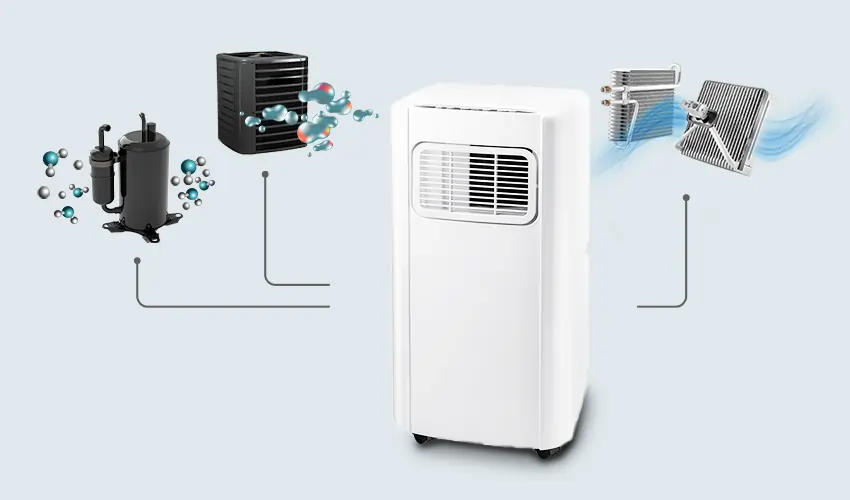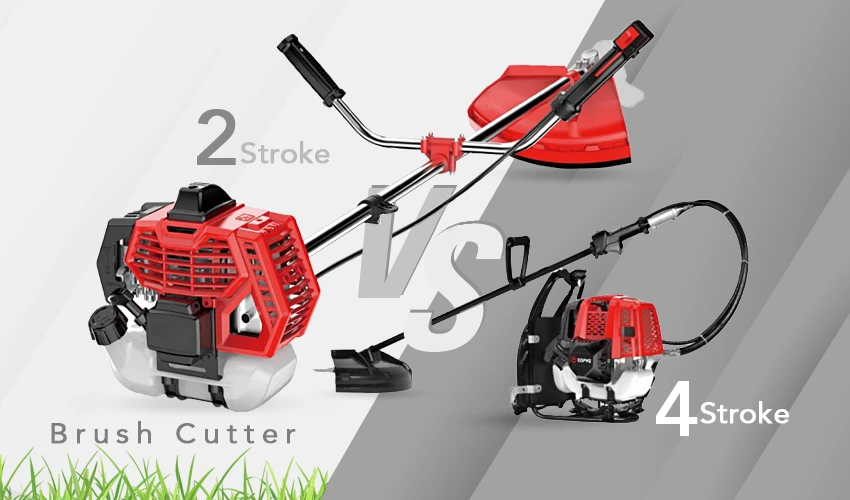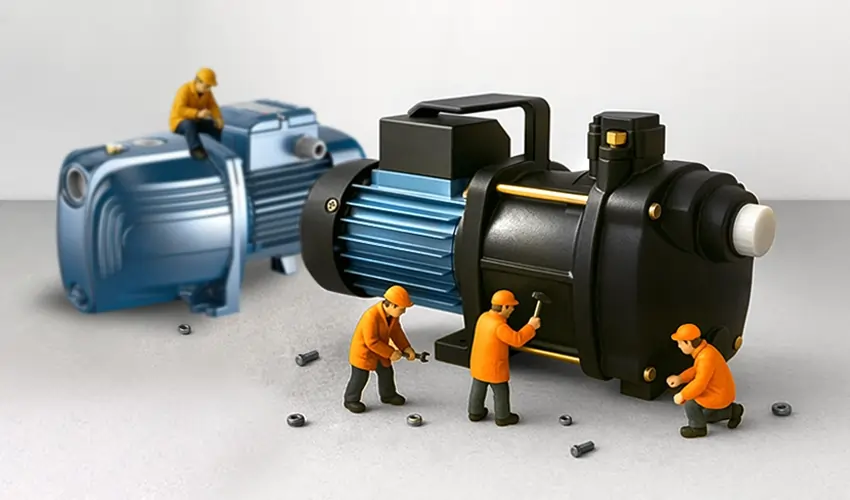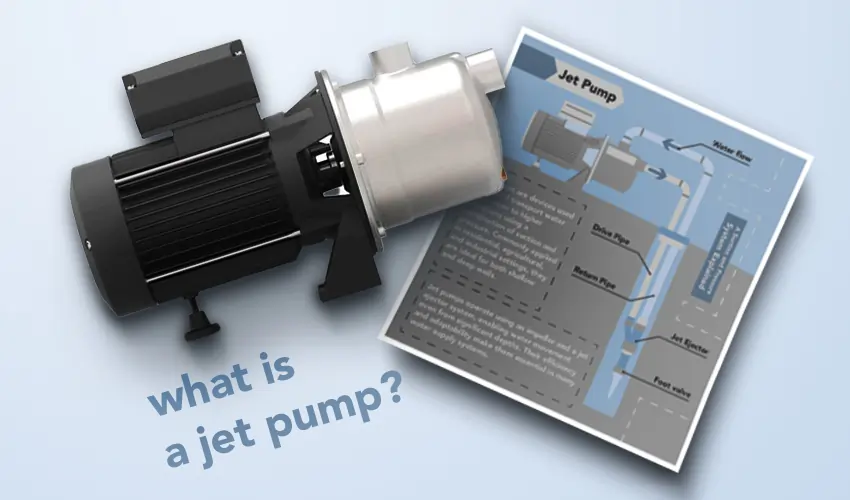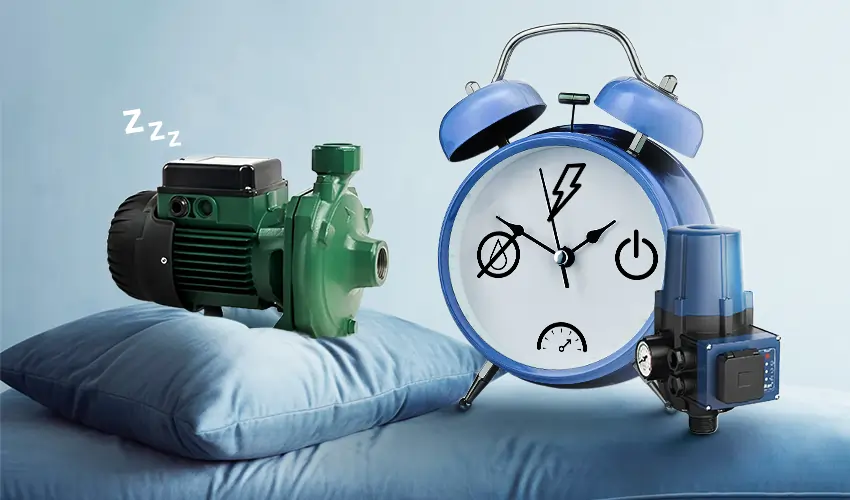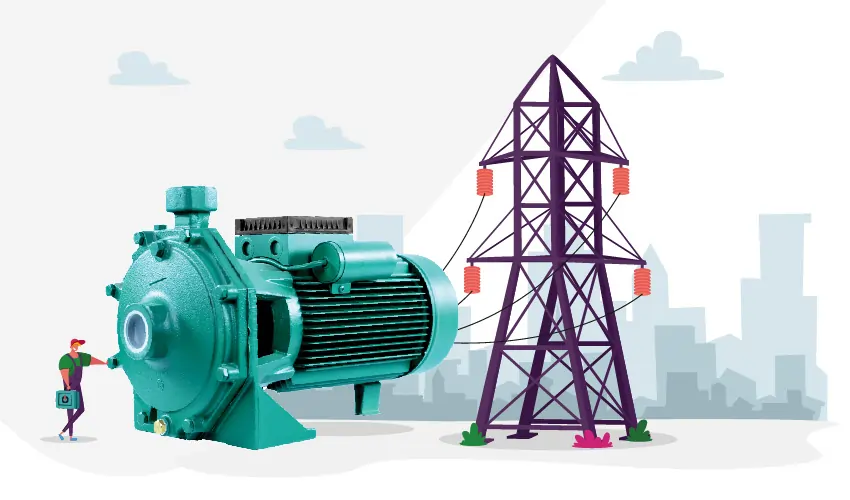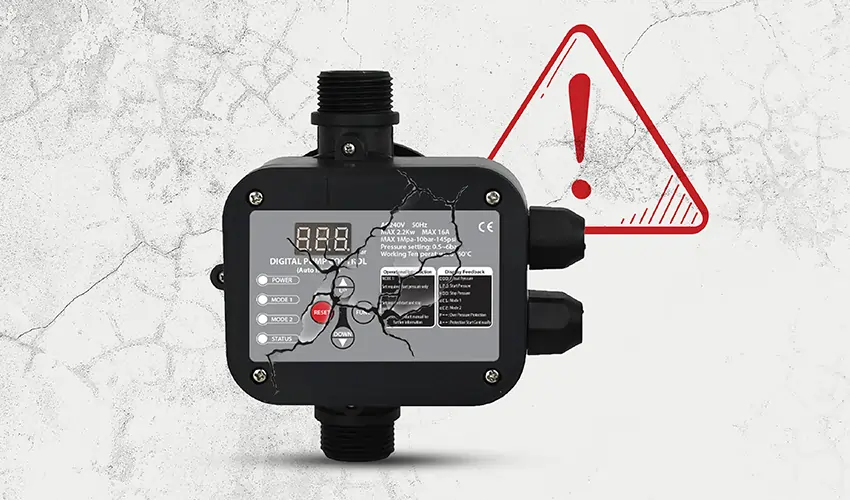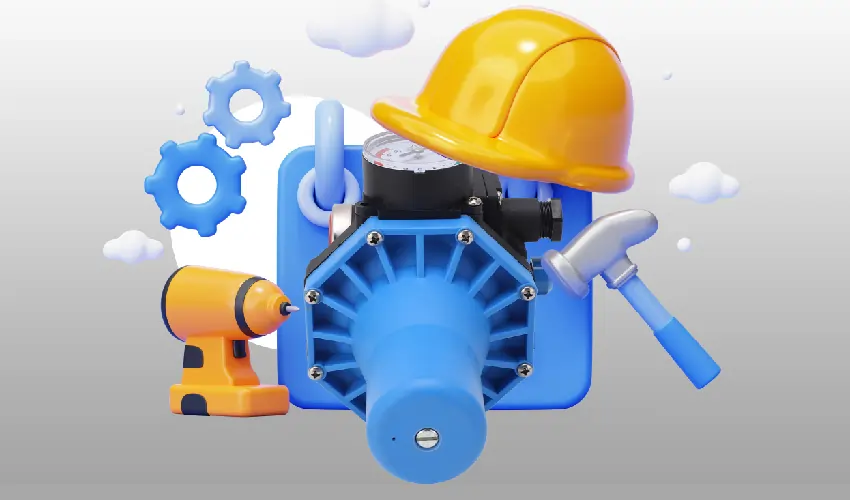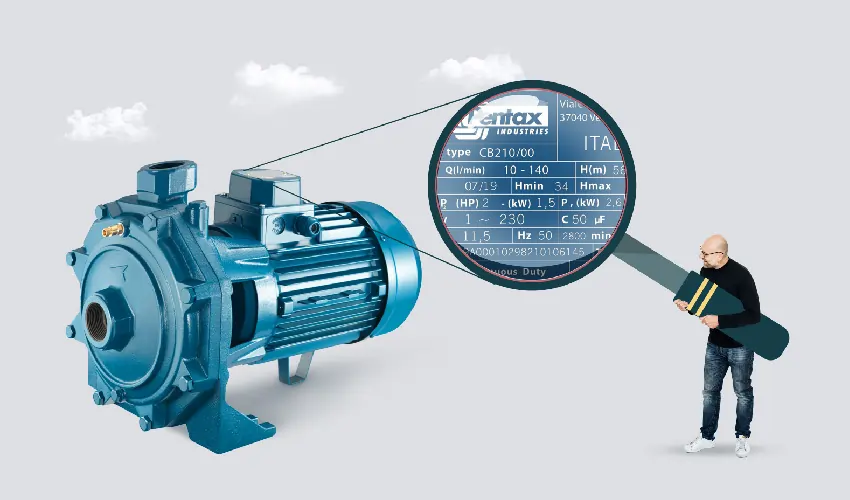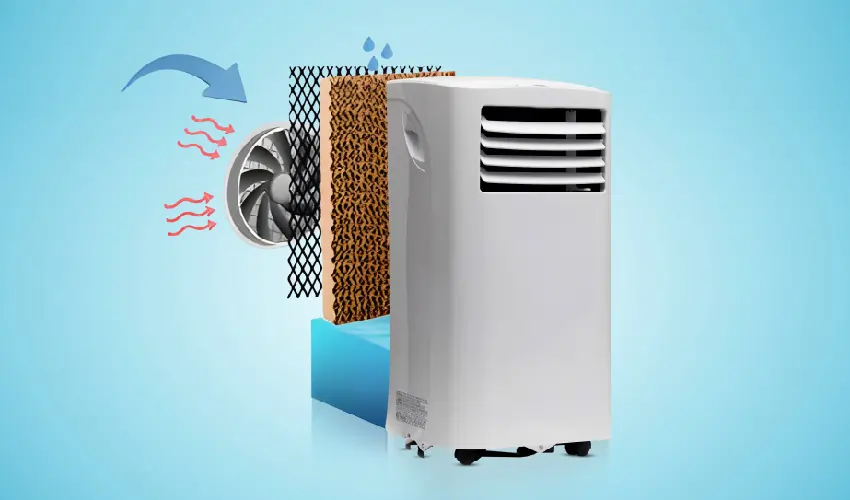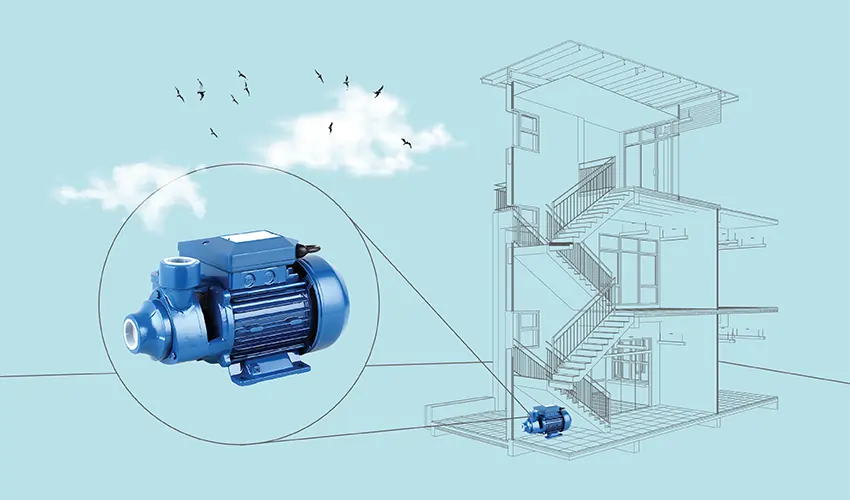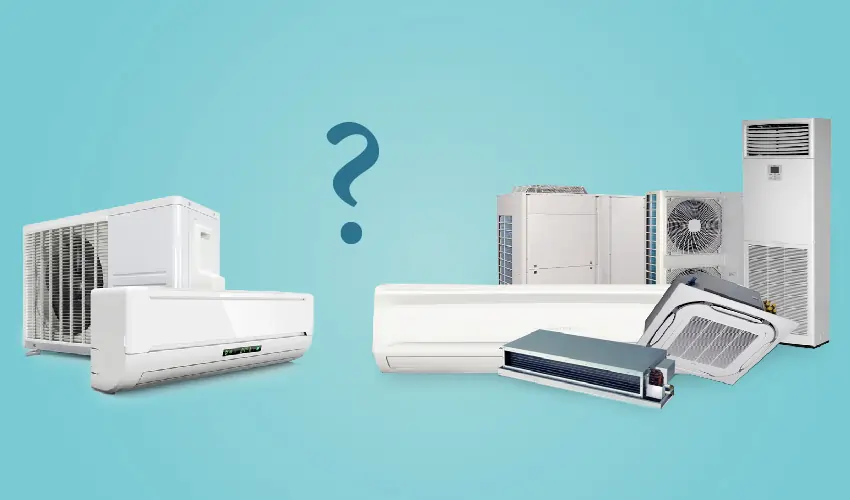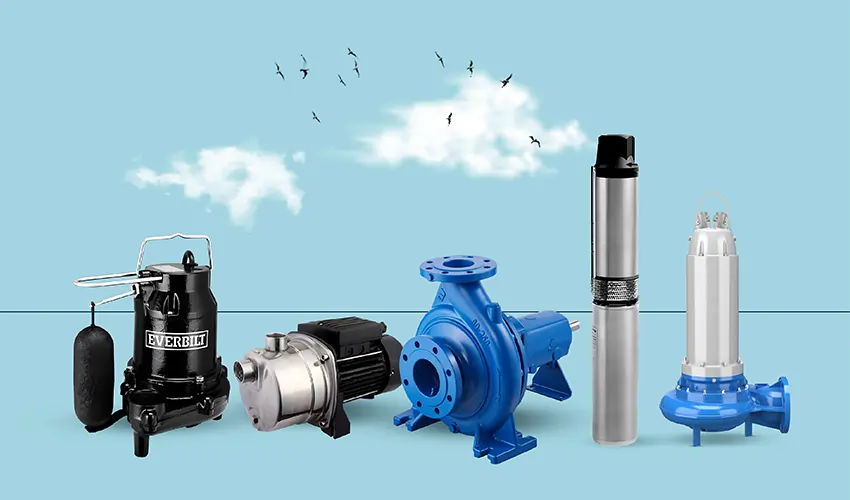How Do Portable Air Conditioners Work?
In this blog post, we’ll argue about the mechanics behind the portable air conditioners and explore how portable air conditioner works.
What Is a Portable Air Conditioner?
A portable air conditioner include small portable air conditioner is a self-contained cooling unit that can be moved from one room to another. Unlike traditional air conditioners that are permanently installed in windows or walls, portable air conditioners require no permanent installation and are designed to cool individual rooms or small spaces.
They typically come with a hose that needs to be vented out of a window or through a wall to expel hot air, making them a flexible and convenient option for renters or for use in areas where permanent installation is not feasible. These units often include features such as a dehumidifier, fan modes, and programmable timers to enhance their usability and efficiency.
Portable air conditioners are ideal for providing spot cooling in homes, offices, or other settings where additional cooling is needed but a central air system is either unavailable or impractical. They come in various sizes and capacities, measured in British Thermal Units (BTUs), to suit different room sizes. Although they are generally easy to set up and use, it’s important to regularly maintain them by cleaning filters and draining collected moisture to ensure optimal performance. Due to their portability and ease of use, they have become a popular choice for supplemental cooling during hot weather.
How Do Portable Air Conditioners Work?
Portable air conditioners work by extracting warm air from the room, cooling it, and then returning the cooled air back into the room while simultaneously exhausting the heat generated by the cooling process to the outside environment.
Here’s a breakdown of the basic process:
1. Intake of Warm Air: The portable air conditioner draws warm air from the room through a venting hose. This hose is typically connected to a window kit or an opening in the wall where the hot air can be expelled.
2. Cooling Process: Inside the unit, the warm air passes over evaporator coils containing a refrigerant. The refrigerant absorbs the heat from the air, cooling it in the process.
3. Moisture Removal: As the air cools, moisture in the air condenses into water droplets which are collected in a built-in reservoir or expelled through a drainage hose. This helps to reduce humidity levels in the room, making it more comfortable.
4. Exhaust of Hot Air: The now-cooled air is blown back into the room. Meanwhile, the heat absorbed by the refrigerant is expelled through another hose to the outside environment. This hot air is typically vented through a window kit, which ensures that the unit maintains efficient cooling by continuously removing heat.
5. Cycle Continuation: The process continues as long as the air conditioner is running, maintaining a comfortable temperature in the room by continuously circulating and cooling the air.
Single-Hose Air Conditioners
Single-hose air conditioners are a type of portable air conditioning unit that operates using a single hose for ventilation.
Here’s how they work and some considerations:
1. Air Circulation: Single-hose air conditioners intake warm air from the room through a single vent hose. This hose serves a dual purpose: it pulls warm air into the unit and expels hot air generated during the cooling process to the outside.
2. Cooling Process: Inside the unit, the warm air passes over evaporator coils where a refrigerant absorbs heat from the air. This cools the air, which is then circulated back into the room to lower the temperature.
3. Exhausting Hot Air: Simultaneously, the hot air generated by the cooling process is expelled through the same vent hose to the outdoors. This exhaust hose is typically installed through a window using a window kit provided with the air conditioner.
4. Efficiency Considerations: While single-hose units are simpler to set up and more portable than their dual-hose counterparts, they can be less energy-efficient in certain situations. This is because they use the cooled air from the room to cool the condenser coils and then exhaust that air outside, creating a negative pressure effect that may draw in warm air from outside, reducing overall efficiency.
5. Suitability: Single-hose air conditioners are suitable for smaller spaces or rooms where temporary cooling is needed. They are easier to install and move compared to window units or central air systems, making them popular for apartments, dormitories, or rooms without suitable window openings for other types of AC units.
Dual-Hose Air Conditioners
Dual-hose air conditioners are a type of portable air conditioning unit that uses two separate hoses for ventilation.
Here’s how they work and their advantages:
1. Separate Air Circulation: Unlike single-hose units, dual-hose air conditioners have two hoses: one hose is used to intake air from the outside environment (often labeled as the intake hose), and the other hose is used to exhaust hot air generated during the cooling process (often labeled as the exhaust hose).
2. Cooling Process: The intake hose pulls in fresh air from the outside, which is then used to cool the condenser coils and dissipate heat, without using the cooled air from inside the room. This prevents negative pressure and avoids the need to use room air for cooling the unit itself.
3. Exhausting Hot Air: The exhaust hose expels the hot air generated by the cooling process to the outside environment. This setup helps to maintain more efficient cooling as it does not rely on cooled room air for cooling the condenser, thus improving overall cooling efficiency.
4. Advantages: Dual-hose air conditioners are generally more efficient than single-hose units because they do not create negative pressure inside the room, which can lead to hot air infiltration from outside. They are suitable for larger rooms or spaces where consistent cooling and efficient operation are important.
5. Considerations: Dual-hose units can be slightly more complex to set up compared to single-hose units due to the two hoses that need to be installed (intake and exhaust). They also tend to be a bit heavier and larger in size. However, their efficiency in cooling and maintaining indoor air quality can outweigh these considerations in many cases.
How do portable air conditioners work without a window?
Portable air conditioners can indeed work without a window, although it’s not the ideal setup. Let me explain how they function and the options you have:
1. Venting Options: Portable AC units cool the air by passing it over a refrigerant-cooled coil. They also dehumidify the air during this process. The key point is ensuring that the hot air generated has somewhere to go besides back into the room. Here are some ways to use a portable AC without a window: Sliding Glass Door: Vent the unit through a sliding glass door. Drop Ceiling: Set up the vent hose through a drop ceiling. Wall: Vent the hot air through a wall. Window: If you have a window, you can still use it for venting.
2. Proper Ventilation: Regardless of the method, ensure proper ventilation to prevent overheating. While it’s possible to use a portable AC without window access, consider the room layout and choose the most practical option.
Applications of portable air conditioner
Portable air conditioners are versatile devices that can be used in various settings to provide localized cooling.
Here are some common applications:
Residential Use:
- Bedrooms
Portable air conditioners can be particularly useful in bedrooms, providing a comfortable sleeping environment without the need for central air conditioning.
- Living Rooms
They can be used in living rooms to cool the area where the family spends the most time, making it more comfortable during hot days.
- Home Offices
With the increase in remote work, keeping a home office cool is essential for productivity. Portable air conditioners can help maintain a comfortable working temperature.
Commercial Use:
- Small Offices
In small office settings, portable air conditioners can supplement existing cooling systems or provide cooling in areas where the central system does not reach effectively.
- Server Rooms
Maintaining the right temperature in server rooms is crucial to prevent overheating and equipment failure. Portable air conditioners can offer targeted cooling for these critical areas.
- Retail Spaces
Smaller retail shops can benefit from portable air conditioners, ensuring a pleasant shopping experience for customers, especially during the summer.
Applications in the Industrial Sector:
- Workshops
In industrial settings, portable air conditioners can cool specific areas such as workshops, where employees may be working on tasks that generate additional heat.
- Warehouses
While cooling an entire warehouse might be impractical, portable air conditioners can provide relief in specific zones where workers are stationed.
Other Special Applications Include:
- Events
Portable air conditioners are ideal for temporary events such as weddings, parties, or corporate events, providing a comfortable environment for guests.
- RVs and Campers
For those who enjoy traveling in RVs or campers, portable air conditioners can make a significant difference in comfort, especially in hot climates.
- Emergency Cooling
In situations where the main HVAC system fails, portable air conditioners can serve as a temporary solution to prevent discomfort or damage to sensitive equipment.
Portable Air Conditioner
Features Here are some key features of portable air conditioners:
1. Portability: As the name suggests, these units are designed to be easily moved from room to room. They typically come with caster wheels for convenience.
2. Cooling Capacity: Portable ACs vary in cooling capacity (measured in BTUs). Choose one that suits the size of your room for efficient cooling.
3. Single Hose vs. Dual Hose: Most portable ACs have either a single hose or dual hose design. Single hose units draw in warm air from the room, cool it, and then expel it outside. Dual hose units have separate hoses for intake and exhaust, which can improve efficiency.
4. Ventilation: Proper venting is crucial. Portable ACs come with a flexible exhaust hose that needs to be connected to a window or another opening to release hot air.
5. Dehumidification: These units also dehumidify the air, removing excess moisture for added comfort.
6. Control Options: Look for features like adjustable temperature settings, fan speeds, and timers.
Portable Air Conditioner Maintenance
Proper maintenance is essential to keep your portable air conditioner running efficiently.
Here are some maintenance tips:
1.Filter Cleaning
- Regularly clean or replace the air filter. Dirty filters reduce cooling efficiency and airflow.
- Refer to your unit’s manual for specific instructions on filter maintenance.
2. Condensate Drain
- Portable ACs dehumidify the air, producing condensate. Some units have a built-in reservoir, while others use the exhaust hose to expel condensate.
- Empty the reservoir or ensure the hose is properly connected to drain the water.
3. Exhaust Hose
- Check the exhaust hose for any kinks, bends, or obstructions.
- Ensure it’s securely connected to the unit and the window or vent.
4. Cooling Coils and Fins
- Dust and debris can accumulate on the cooling coils and fins.
- Use a soft brush or vacuum cleaner to clean them gently.
5. Overall Cleaning:
- Wipe down the exterior surfaces of the AC unit.
- Keep the area around the unit free from dust and obstructions.
6. Storage:
If you’re storing the unit during the off-season, follow the manufacturer’s guidelines.
Properly drain any remaining water and cover the unit to prevent dust buildup.
Portable air conditioners work by drawing in warm air from a room, cooling it using a refrigerant, and then expelling the cooled air back into the room while venting the warm air and moisture through an exhaust hose to the outside.

